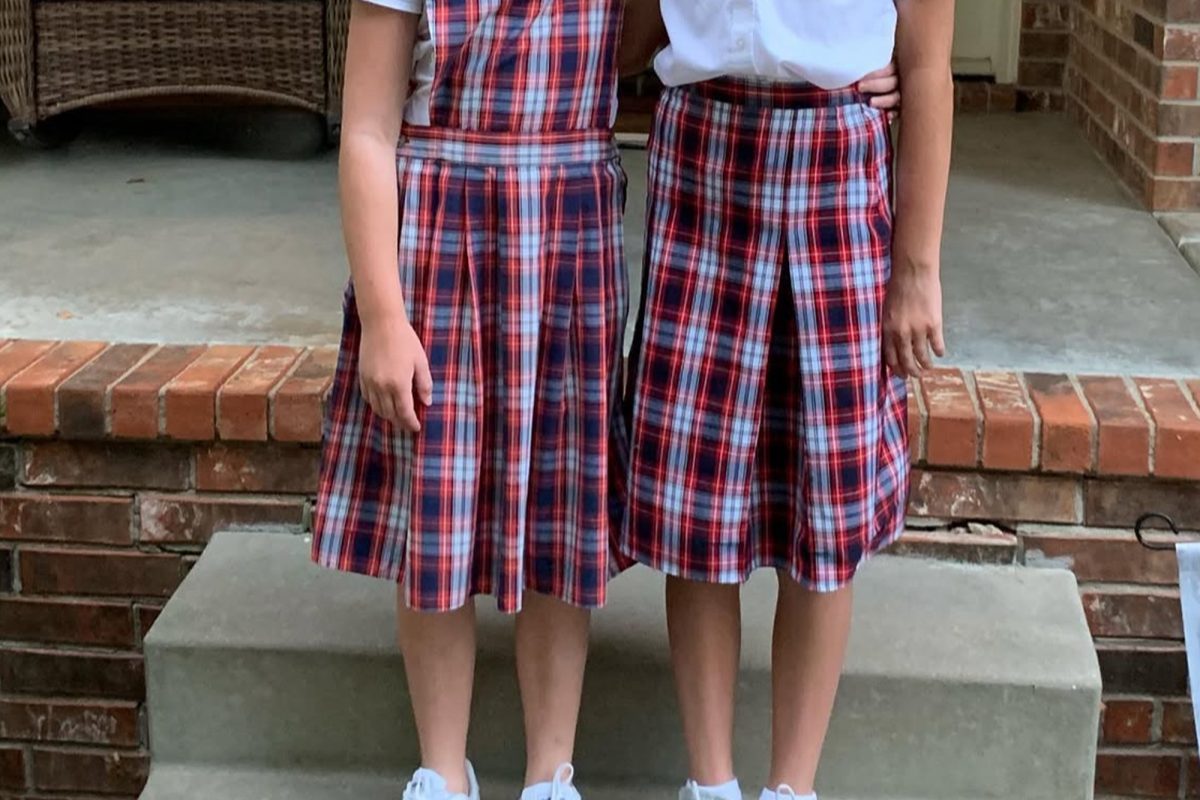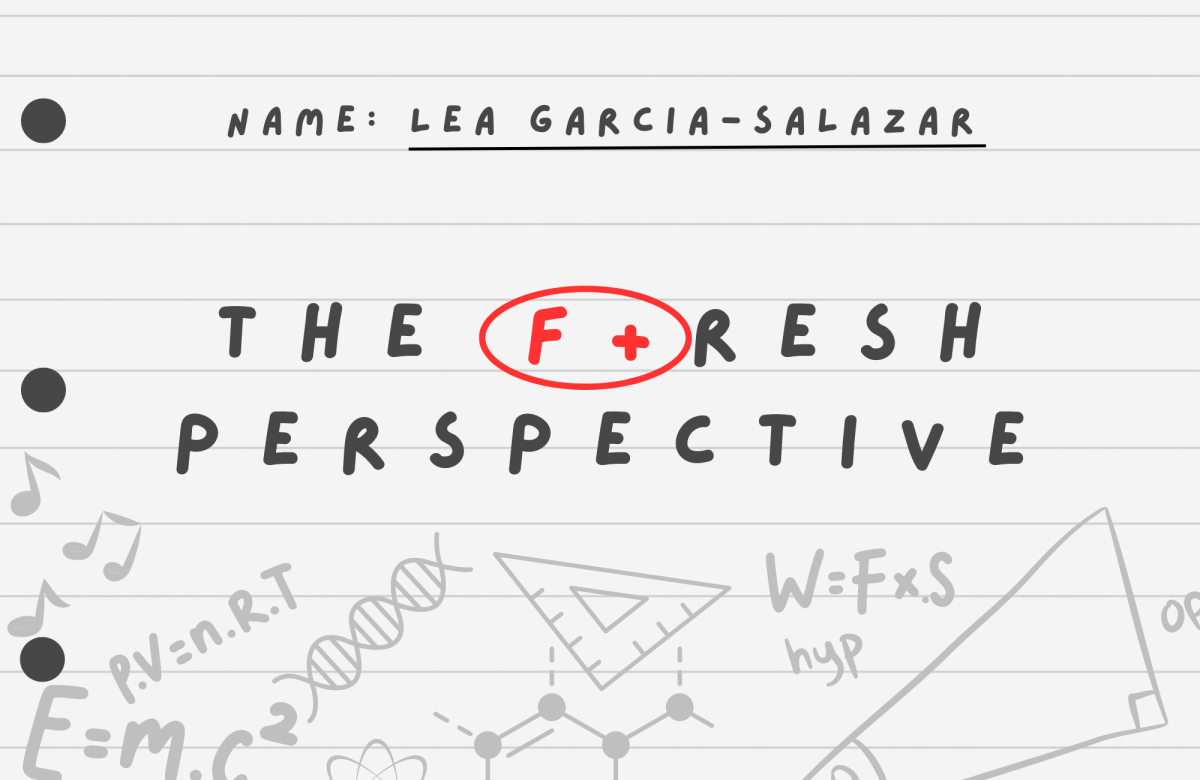Every morning, you can expect the same.
It’s never a tough decision.
It’s the same thing day after day.
In the corridors, students walk -as if they were clones of one another.
A school fit, it’s the exact same for everyone.
They said it was the solution to comparison -but is it really?
In an attempt to make things equal, they erased the one thing that made us stand out.
Many think that having uniforms be fun and could promote equality amongst students but what about student individuality? Could having school uniforms really be the quick and easy fix to problems faced by students?
I used to go to school in India where we had to wear uniforms to school everyday – a white buttoned shirt, skirt, belt, black shoes, black pins and plaits. We only got two opportunities a year to dress up during your birthday and on Children’s Day (and if your birthday’s during summer vacation you end up getting only one day per year). Being able to wear whatever we liked to school felt like a rare gift which we cherished and looked forward to every year.
After moving here in eighth grade, I was overjoyed to be given the freedom to wear what I liked everyday and express my interests (for me, that was pink clothes, open hair, my favorite movie characters and butterfly clips).
I remember first hearing a conversation about the prospect of uniforms during advisory in middle school. Some of us thought it would be fun to have a school uniform and that it would save time in the morning. At the same time, it’s important to remember that uniforms cost a lot of money every year and do not help with money restraints.
According to a School Uniform Statistics (2024) report the cost of a uniform for even one child per year can range anywhere from $25 to $500. Additionally, in a survey conducted by Censuswide consisting of 1,000 parents, half of which agreed that abolishing school uniforms would help save money.
So, what if you have only one pair?
What if it shrinks?
What if it gets mixed up with other clothes and you can’t find it?
What if you spill something on it and it can’t be removed?
If you’re going to wear the same pairs everyday it’s bound to get worn, faded or stained, sooner or later.
One thing that I disliked about having uniforms at school were its fixed sizes. I remember having no luck in finding a skirt which was long enough for my height and also had a small waist. If I tried going a size higher it ended up being too big and I would have to get it altered (we were warned that the alteration would be noticeable and may not be very comfortable). I ended up going for a smaller size and had to wear leggings all year because the skirt should have covered my knees. Other students at my school were also facing similar size problems. Hence, everyone wearing the same model may actually increase comparison, insecurities, bullying and bring about a lower self confidence.
Additionally, the weather can be unpredictable. How can one uniform design keep students warm during harsh winters without making them too hot in summer? Being too cold in winter can cause students to catch colds easily, lowering their immunity and increasing absences. This could make students uncomfortable and lose focus during their classes.
According to an Ohio State University study, implementing school uniforms doesn’t really improve attendance, punctuality or academic performance, all of which are important principles at school.
School uniforms, to me, seem like an uncertain road – it could have positive outcomes like equality and decreased bullying but students would ultimately have to pay the price of losing an opportunity to express themselves for something that could fix the main issue of comparison or cause even more.









